As a SaaS company, building a strong backlink profile is important for improving your search engine rankings and driving organic traffic to your website. One of the most effective ways to achieve this is by acquiring dofollow backlinks from high-authority websites.
In this comprehensive guide, we’ll dive deep into the world of dofollow links, explaining what they are, why they matter, and how you can leverage them to take your SaaS SEO to the next level.
What are Dofollow Backlinks?
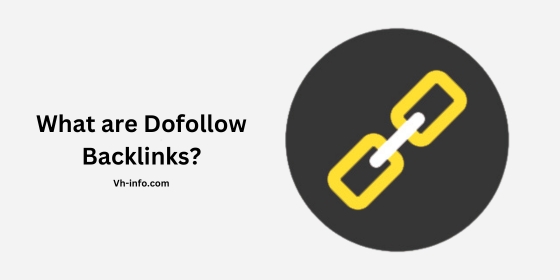
A dofollow backlink is a type of link that passes “link juice” or link equity from one website to another. When a website links to your site using a dofollow link, it’s essentially telling search engines that it trusts and endorses your content and the linked website. This vote of trust can significantly boost your website’s authority and improve its search rankings.
When Should You Use A Dofollow Link?
Dofollow links are the default type of link on the web. Unless otherwise specified in the HTML code, all links are considered dofollow. As a general rule, you should use dofollow links when linking to high-quality, relevant content that adds value to your users.
Why Dofollow Backlinks Matter?
Dofollow backlinks are a key factor in determining your website’s SEO value. Search engines like Google use backlinks as a primary ranking signal, interpreting them as a vote of confidence from one site to another. The more high-quality dofollow backlinks you have pointing to your site, the more likely you are to rank well in search results and improve your search engine optimization.
Advantages of Dofollow Links
- Improved search rankings: Dofollow links from authoritative sites can significantly boost your search engine rankings.
- Increased referral traffic: When users click on a dofollow link to your site, you’ll receive valuable referral traffic.
- Enhanced credibility: Earning dofollow links from reputable sites establishes your website as a trusted resource in your industry.
Dofollow Links Challenges and Considerations
While dofollow links offer numerous benefits, there are some challenges and considerations to keep in mind:
- Quality over quantity: Focus on acquiring high-quality dofollow links from relevant, authoritative sites rather than chasing after a large number of low-quality links.
- Avoid link schemes: Engaging in manipulative link building practices, such as buying links or participating in link farms, can result in penalties from search engines.
- Maintain a natural backlink profile: Strive for a diverse mix of dofollow and nofollow links to ensure your backlink profile appears natural to search engines.
How Dofollow Links Works?

When a website links to your site using a dofollow link, it passes a portion of its own authority, or “link juice,” to your site. Search engines interpret this as a signal that the linking site trusts and endorses your content, which can positively impact your search rankings.
The more high-quality dofollow links you have pointing to your site, the more authority your site will accumulate over time, ultimately boosting your website’s authority and credibility in the eyes of search engines.
Additionally, you can also boost your site’s authority by including dofollow links to other reputable sites within your own content, allowing search engines to follow these links and further increase your PageRank.
How to Add a Dofollow Link in HTML?

To create a dofollow link in HTML, simply use the standard link tag without the “rel=nofollow” attribute.
Here’s an example:
The Effects of Dofollow Links on SEO
Dofollow links can have a significant impact on your website’s SEO performance.
Some of the key effects include:
- Improved search rankings: Dofollow links from high-authority sites can help boost your search engine rankings for targeted keywords.
- Increased domain authority: As you acquire more dofollow links, your website’s overall domain authority will increase, making it easier to rank for competitive keywords.
- Greater visibility: Higher search rankings lead to increased visibility in search results, driving more organic traffic to your site.
How Quickly will Google Recognize Dofollow Links?
The speed at which Google recognizes and indexes dofollow links can vary depending on several factors, such as the authority of the linking site and the frequency of its crawl rate. In general, it can take anywhere from a few days to several weeks for Google to fully process and credit a new dofollow link to your site, as search engine spiders crawl through a significant volume of pages each day.
How to Check Dofollow Backlinks on a Website?
To check for dofollow backlinks on a website, you can use various SEO tools like Ahrefs, SEMrush, or Moz. These tools allow you to analyze a site’s backlink profile and identify which links are dofollow or nofollow. Alternatively, you can manually inspect a link’s HTML code to determine if it has the “rel=nofollow” attribute.
Techniques For Getting Dofollow Backlinks
Here are some proven techniques for acquiring high-quality dofollow backlinks:
1. Profile Creation or Linking
Create profiles on high-authority websites and include a dofollow link back to your site in your profile description or website field.
2. Write Guest Posts on Other Blogs
Reach out to popular blogs in your industry and offer to write high-quality guest posts, including a dofollow link back to your site in your author bio.
3. Email Outreach
Identify websites that have mentioned your brand or linked to your competitors, and reach out to them, requesting a dofollow link to your site.
4. Create High-Quality Content That’s Link-Worthy
Invest in creating exceptional content, such as in-depth guides, original research, or interactive tools, that other websites will naturally want to link to.
5. Social Networking
Engage with influencers and thought leaders in your industry on social media platforms, sharing your content and building relationships that can lead to dofollow link opportunities.
6. Use H.A.R.O. to Create Dofollow Backlinks
Sign up for Help a Reporter Out (H.A.R.O.) and respond to relevant journalist queries, offering your expertise in exchange for a dofollow link.
7. Business Listing
Submit your website to reputable business directories and industry-specific listings, ensuring your profile includes a dofollow link back to your site.
8. Write Testimonials
Offer to write testimonials for products or services you use and love, requesting a dofollow link back to your site in exchange.
9. Replicate Your competitors’ Genuine Dofollow Backlinks
Analyze your competitors’ backlink profiles and identify high-quality dofollow links you can potentially replicate for your own site.
10. Add Your Website to Resource Pages
Reach out to websites that curate resource pages in your industry, suggesting your site as a valuable addition to their list.
Best Tools For Checking Dofollow Links
Some of the best tools for checking dofollow links include:
- Ahrefs: A comprehensive SEO tool that allows you to analyze a website’s backlink profile and identify dofollow and nofollow links.
- SEMrush: Another powerful SEO tool that offers backlink analysis and dofollow/nofollow link identification.
- Moz Link Explorer: A user-friendly tool that provides insights into a site’s backlink profile, including dofollow and nofollow links.
Dofollow Backlinks Examples
Here are a few examples of dofollow backlinks in action:
- A guest post on a high-authority blog in your industry, with a dofollow link back to your site in the author bio.
- A resource page on a relevant website that includes a dofollow link to your site as a recommended resource.
- A testimonial you’ve written for a product or service, with a dofollow link back to your site.
Should You Buy Dofollow Backlinks for SEO in 2024?
While buying dofollow backlinks may seem like a quick and easy way to boost your SEO, it’s generally not recommended.
Purchasing links violates Google’s Webmaster Guidelines and can result in penalties or even a complete ban from search results. Instead, focus on building high-quality, natural dofollow links through ethical, white-hat SEO practices, including content marketing strategies and digital marketing techniques.
FAQ’s:
What Makes a Backlink ‘Dofollow’?
A backlink is considered dofollow when it does not have the “rel=nofollow” attribute in its HTML code. By default, all links are dofollow unless otherwise specified.
Should I Dofollow an External Link?
Whether or not to make an external link dofollow depends on the context and the quality of the linked content. If you’re linking to a high-quality, relevant resource that adds value to your users, a dofollow link is a good idea. However, if you’re unsure about the linked site’s quality or reputation, using a nofollow link may be a safer choice.
How Long will it take Google to Recognize a Dofollow Link?
The time it takes for Google to recognize and credit a new dofollow link can vary, typically ranging from a few days to several weeks. Factors such as the linking site’s authority and crawl frequency can impact this timeline.
Do Dofollow Links Guarantee Better Rankings?
While dofollow links from high-quality, relevant sites can certainly improve your search rankings, they don’t guarantee better rankings on their own. SEO is a complex, multifaceted discipline that involves many factors beyond just backlinks.
How Many Dofollow Links Should a Site Aim For?
There’s no magic number of dofollow links a site should aim for. Instead, focus on building a diverse, high-quality backlink profile that includes a mix of dofollow and nofollow links from reputable sources.
Should You Provide Dofollow Links From Your Own Site?
Yes, providing dofollow links from your own site to other high-quality, relevant resources can be beneficial. It helps establish your site as a valuable resource and can even lead to reciprocal linking opportunities.
What is the Best Method to Get Cheap Dofollow Backlinks for a Website?
The best method to acquire affordable dofollow backlinks is to focus on creating high-quality, link-worthy content that naturally attracts links from other websites. Tactics like guest blogging, broken link building, and resource page link building can also be effective and cost-efficient.
Why are Contextual Dofollow Backlinks Important for Link Building?
Contextual dofollow backlinks, or links embedded within the main content of a page, are important because they carry more weight in the eyes of search engines. These links are seen as more valuable and trustworthy than links in less prominent places, such as footers or sidebars.
Conclusion
Dofollow backlinks are a powerful tool for boosting your SaaS website’s search engine rankings and driving organic traffic. By focusing on acquiring high-quality dofollow links from reputable sources, you can significantly improve your site’s authority and visibility in search results.
At VH-info, we specialize in helping SaaS companies build strong backlink profiles through proven, white-hat link building strategies, SEO for startups. Our team of experts can guide you through the process of identifying and acquiring valuable dofollow links that will take your SEO to the next level.
Ready to start building dofollow links that drive results? Contact VH-info today to learn more about our SaaS link building services and how we can help you achieve your SEO goals in 2024 and beyond.
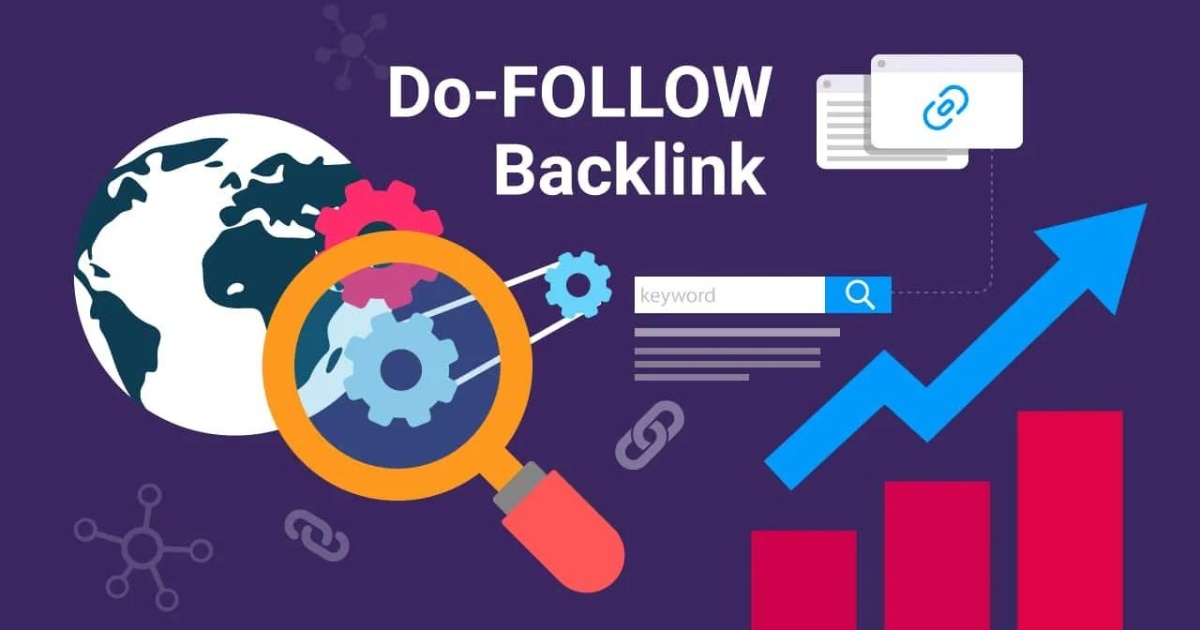
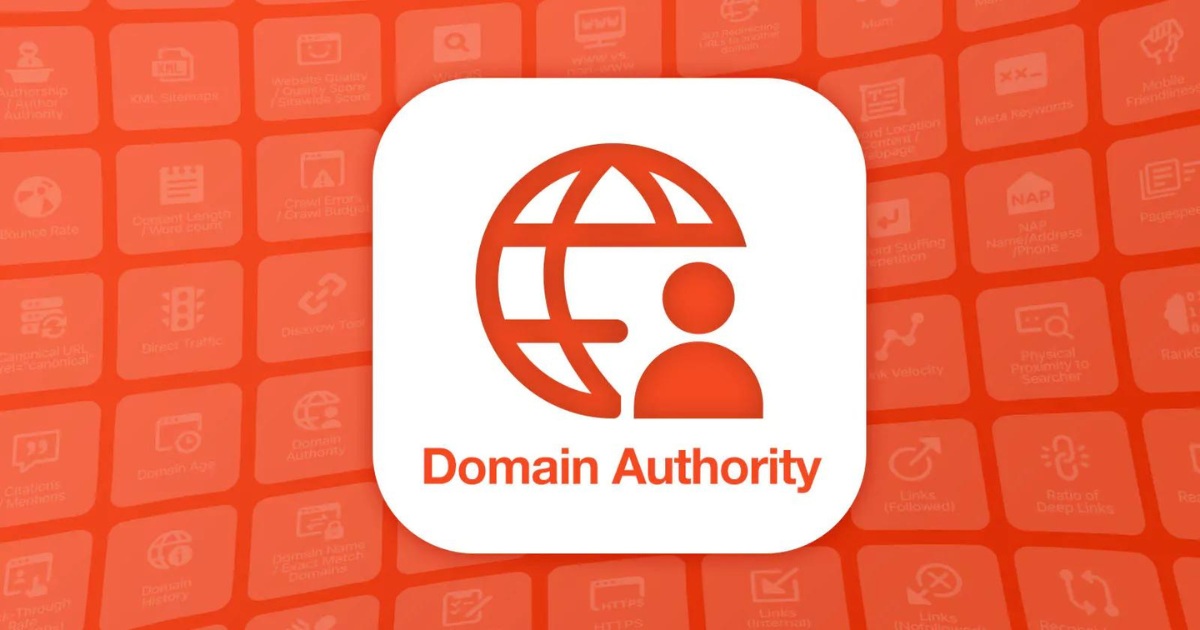
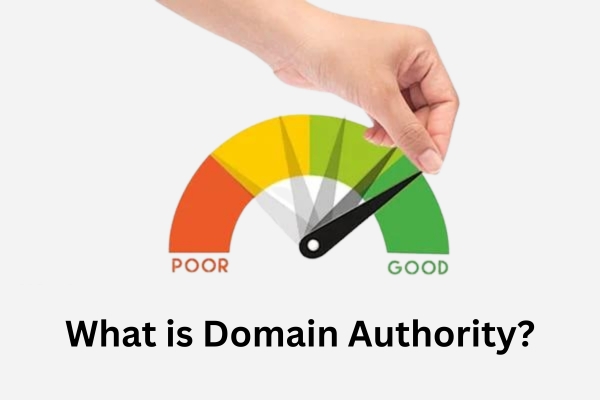
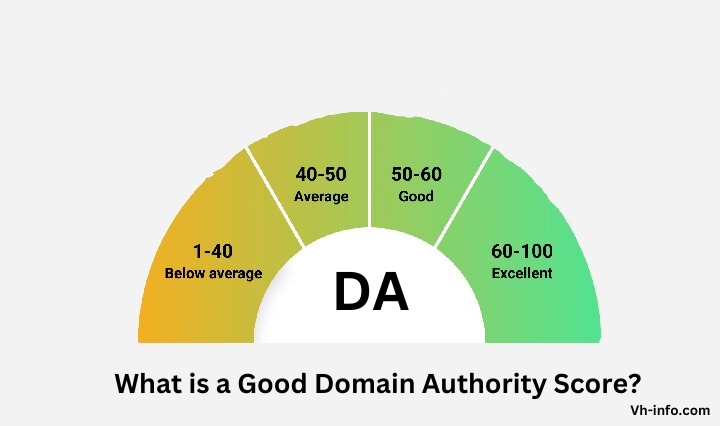

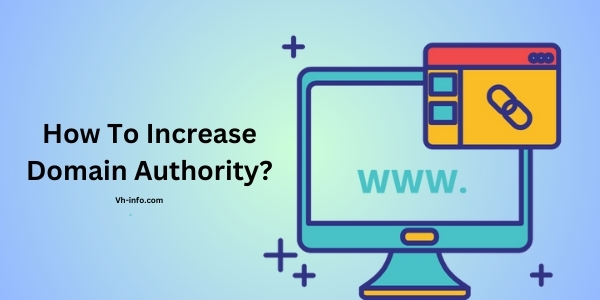
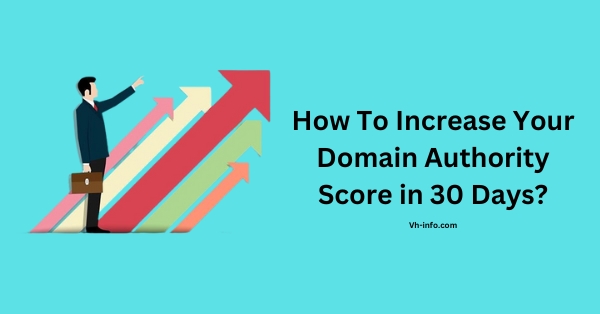
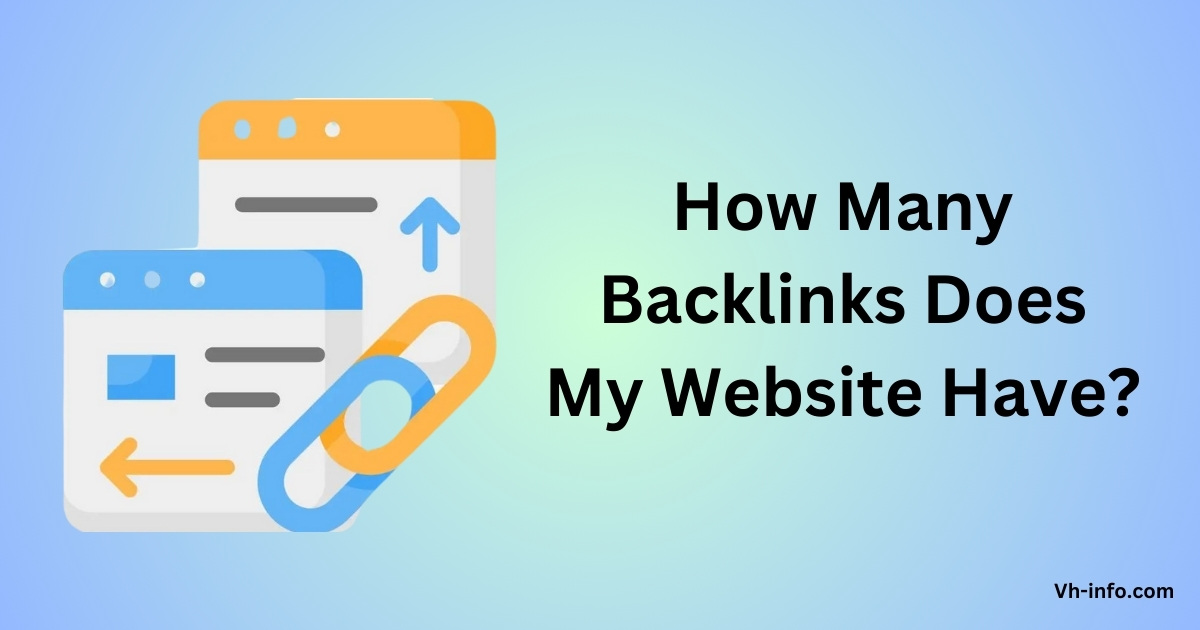


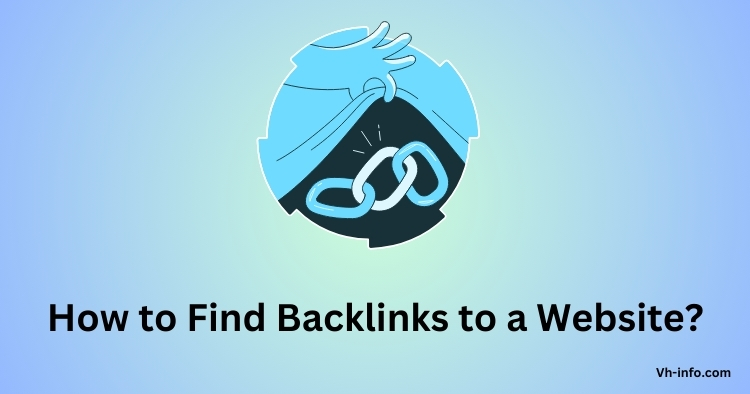


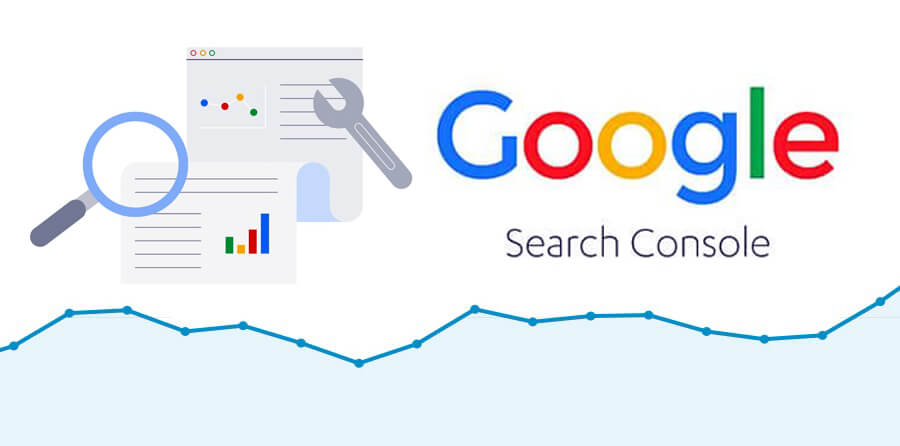
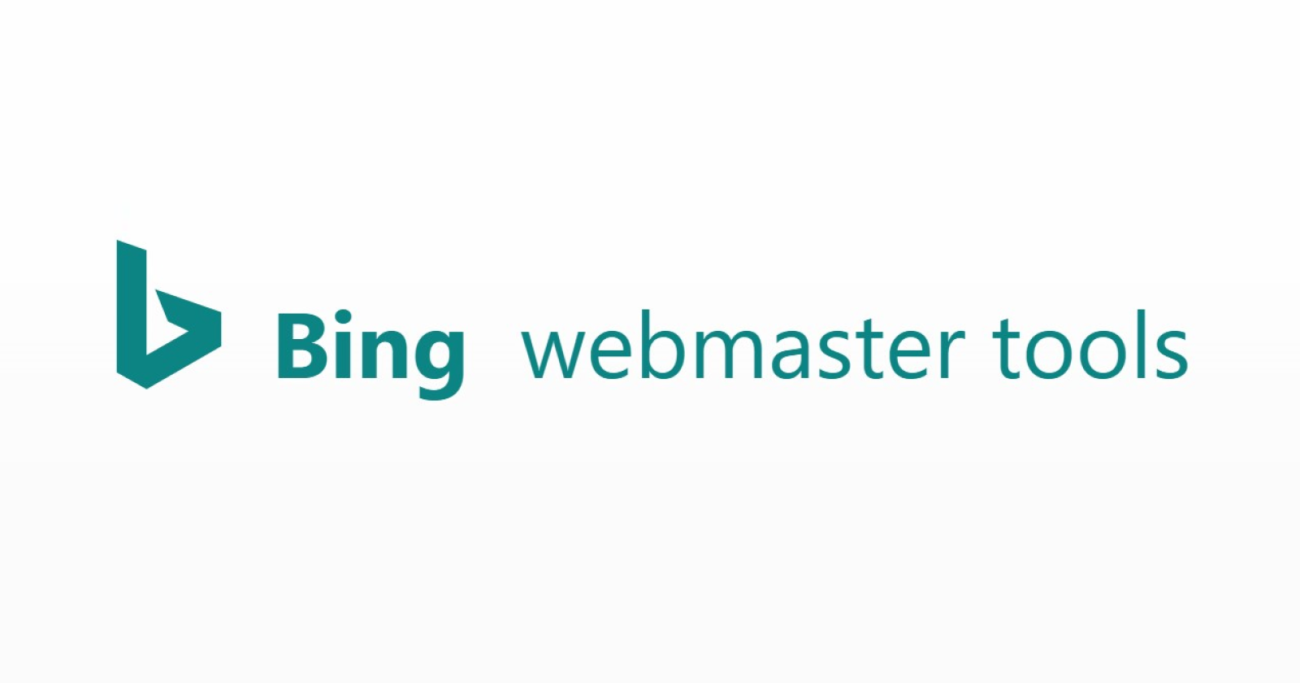
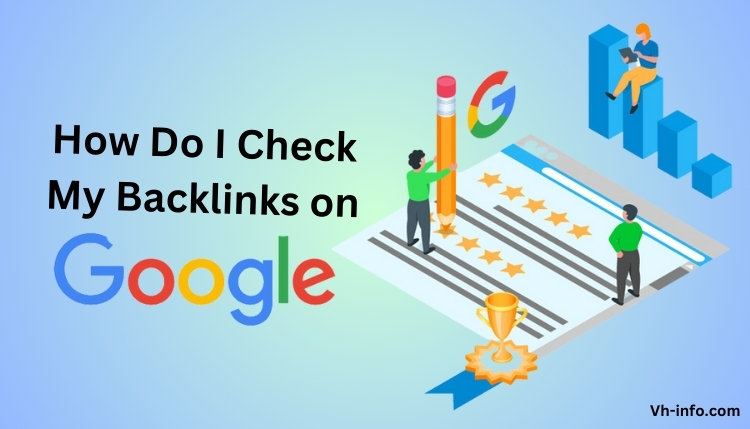
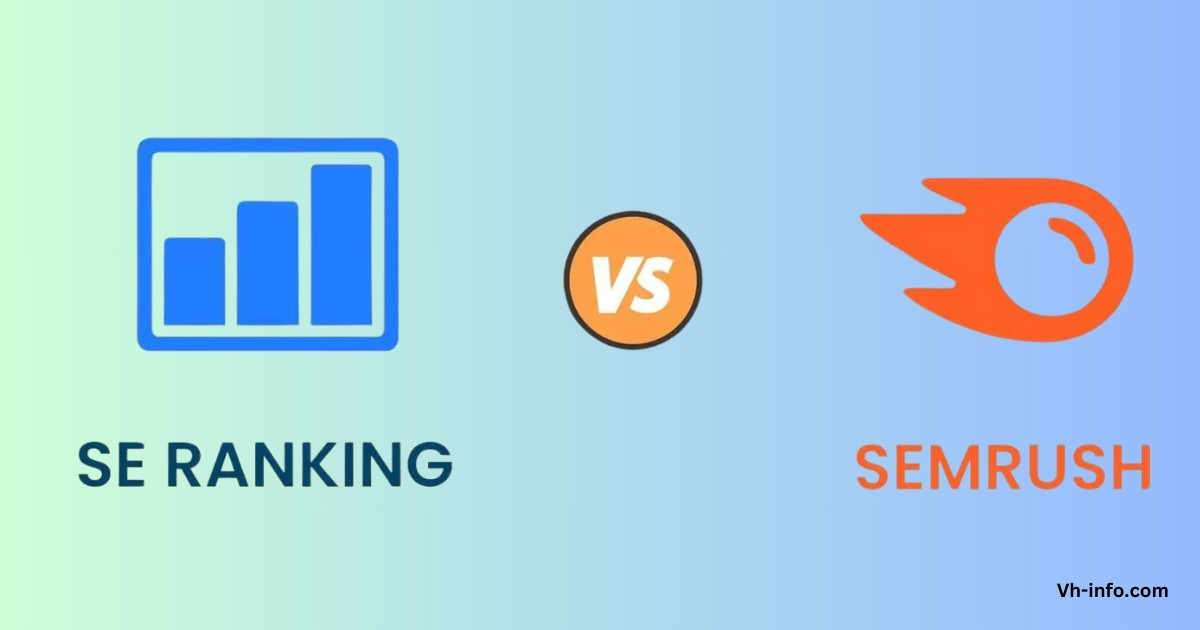

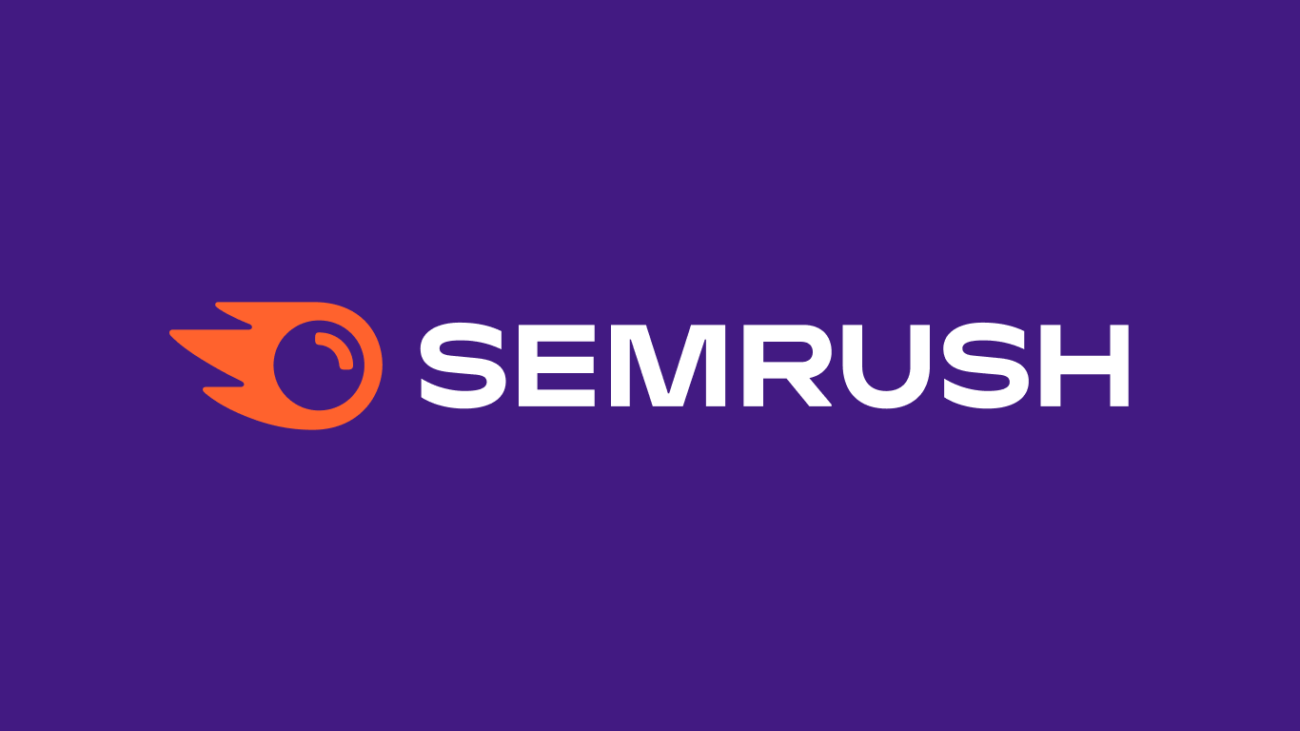
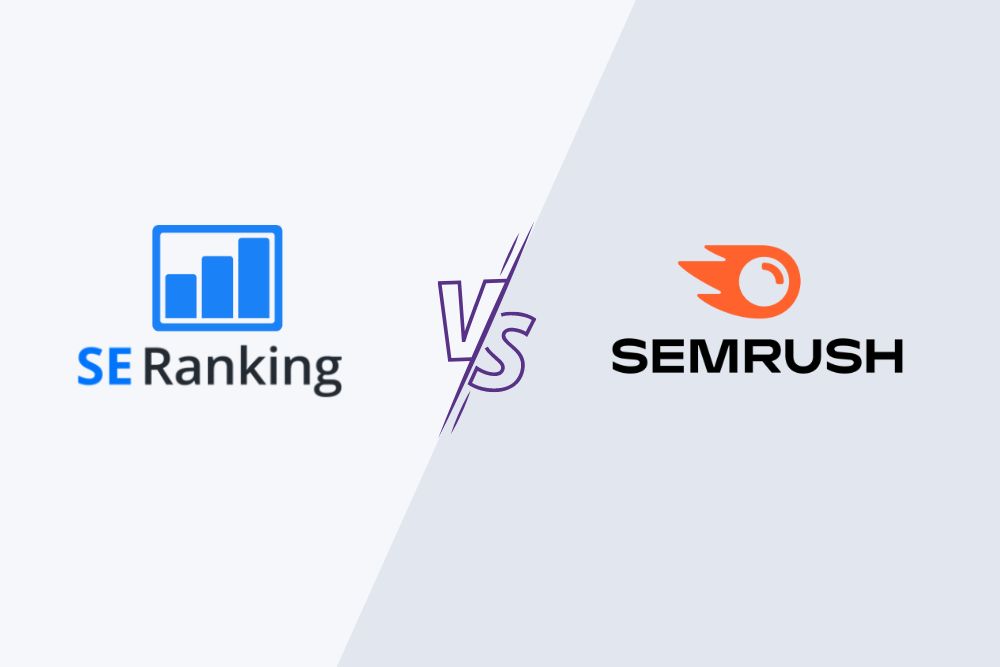
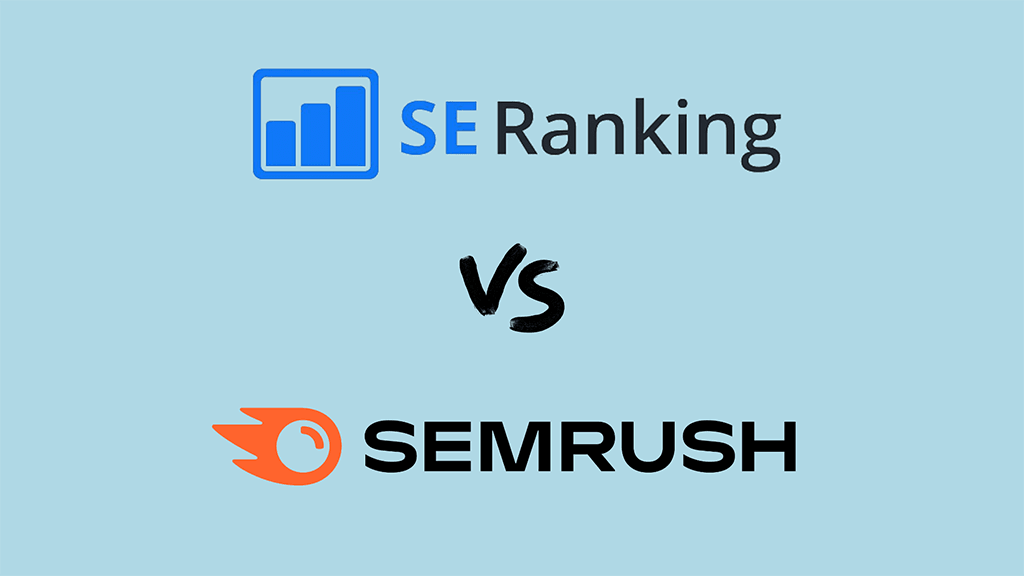
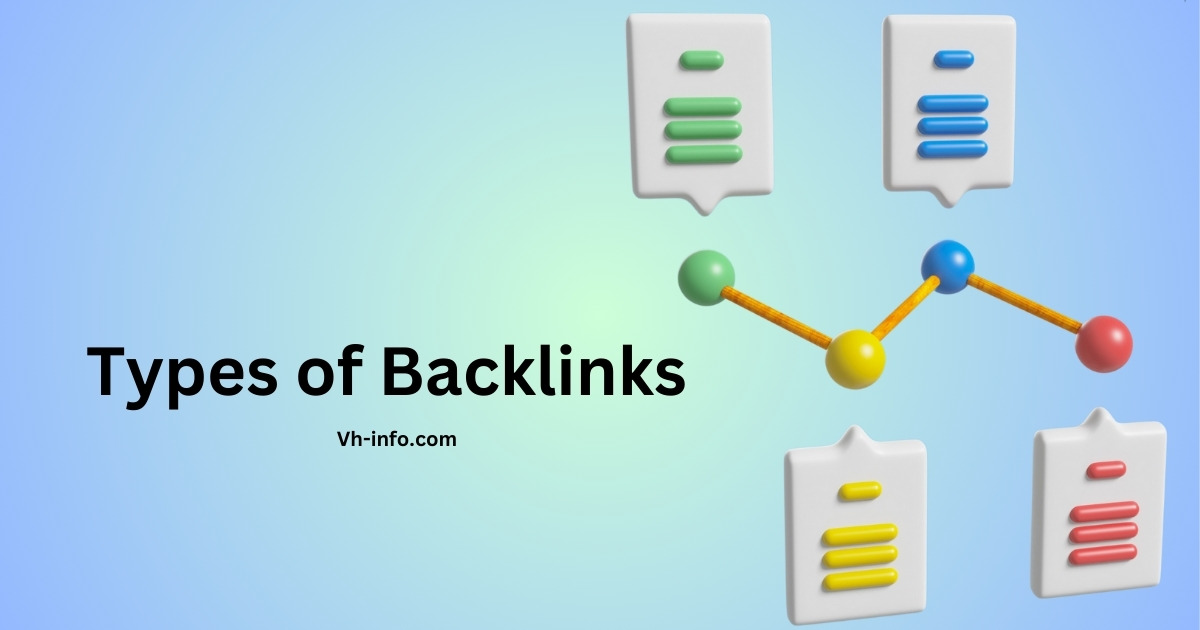
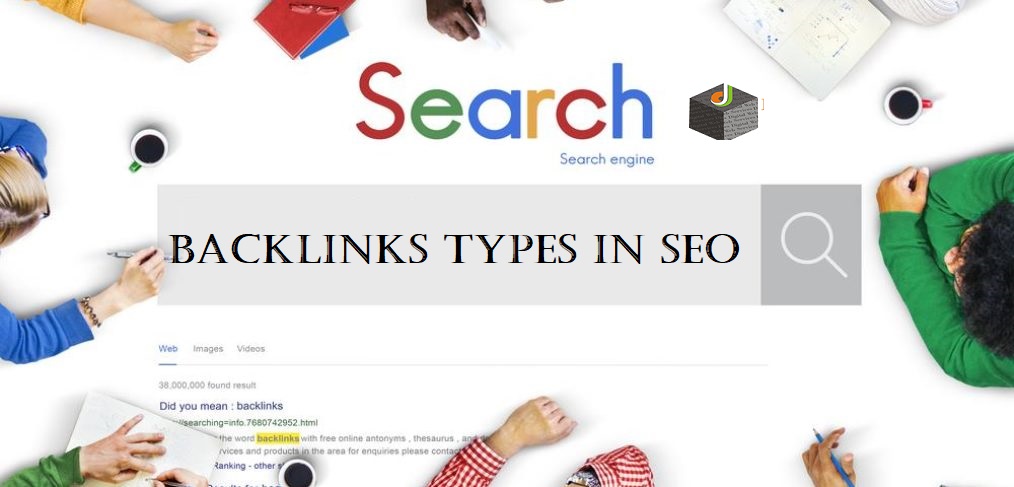
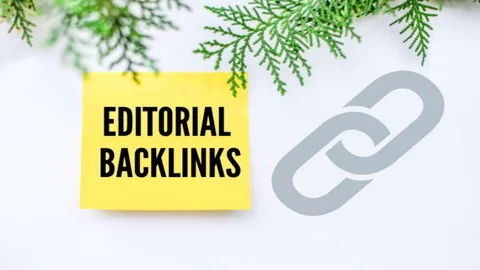
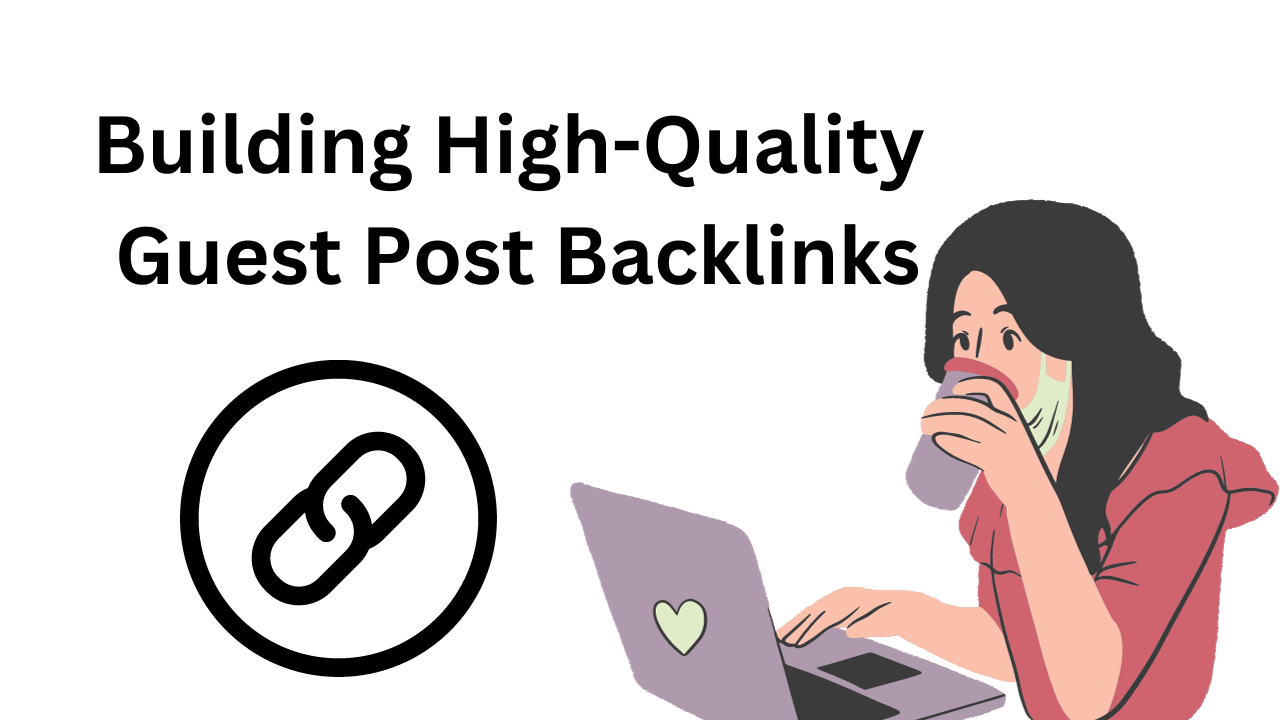


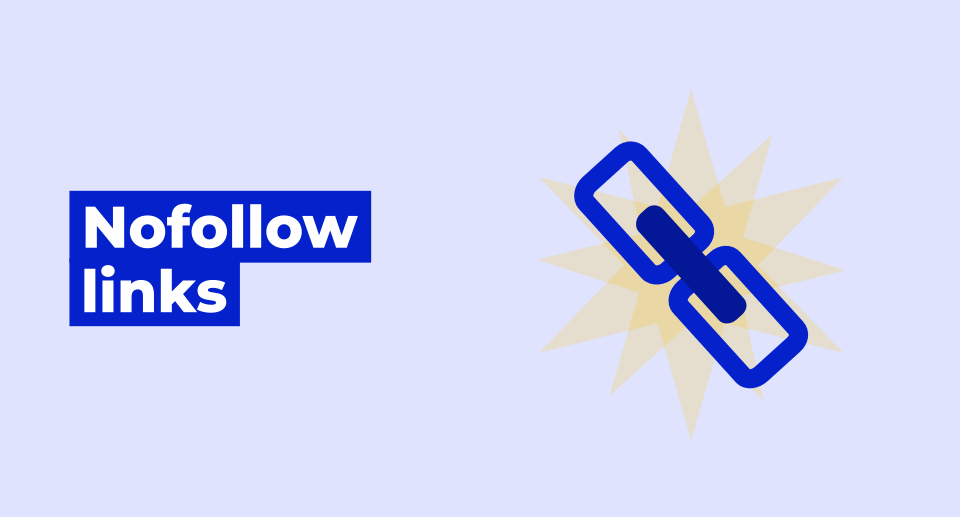


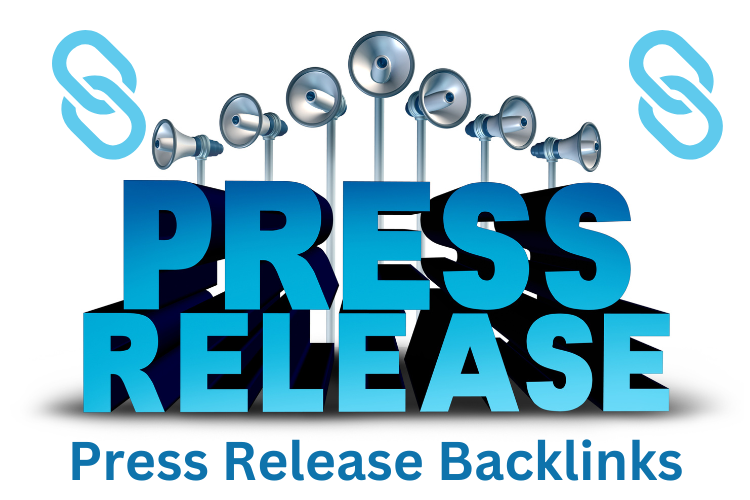
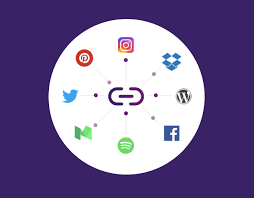
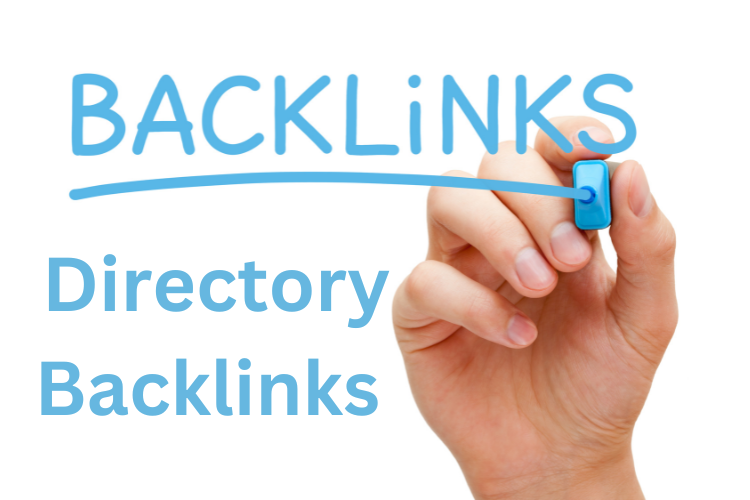

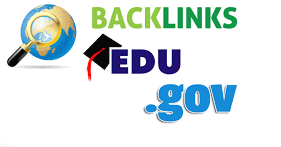
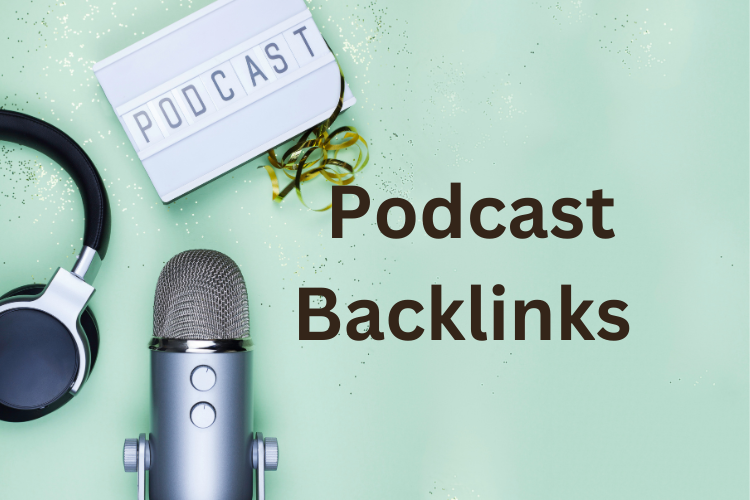
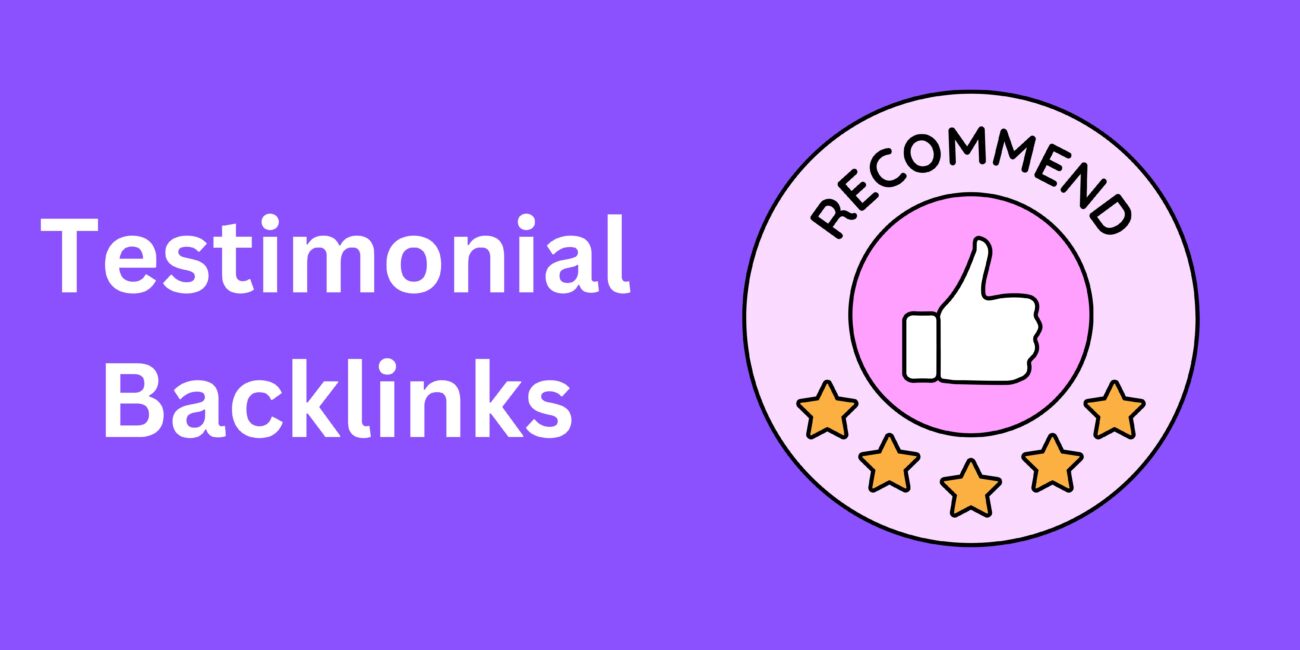



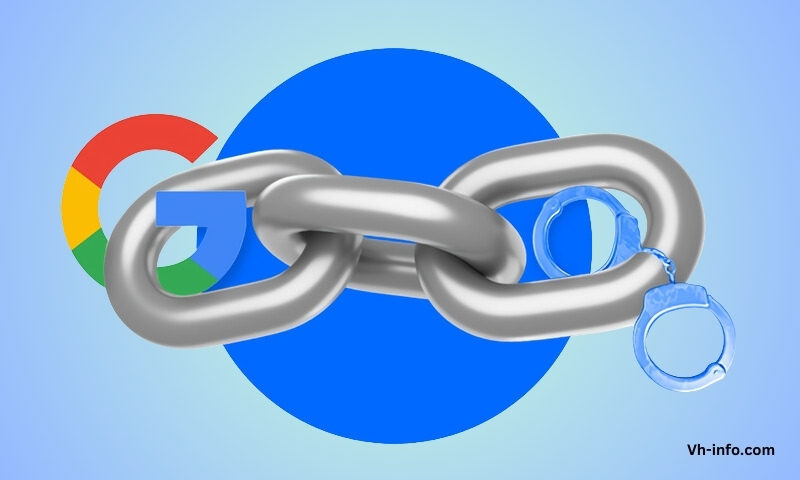
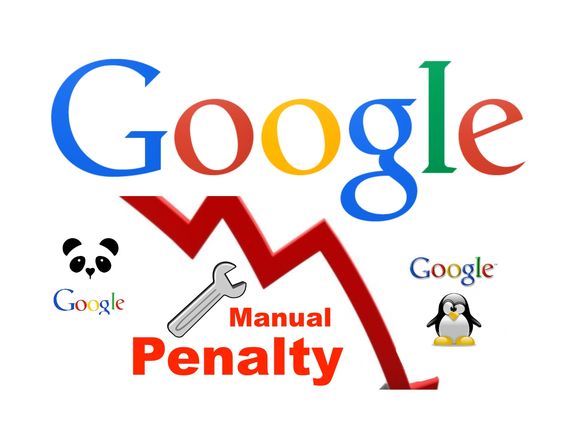

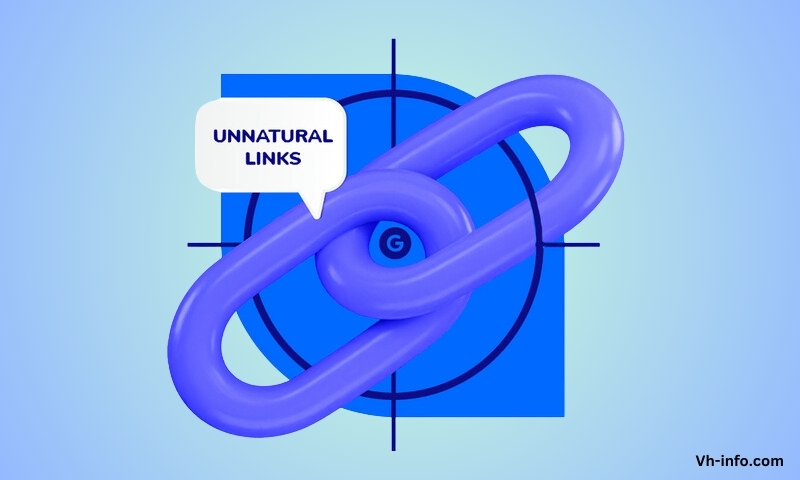
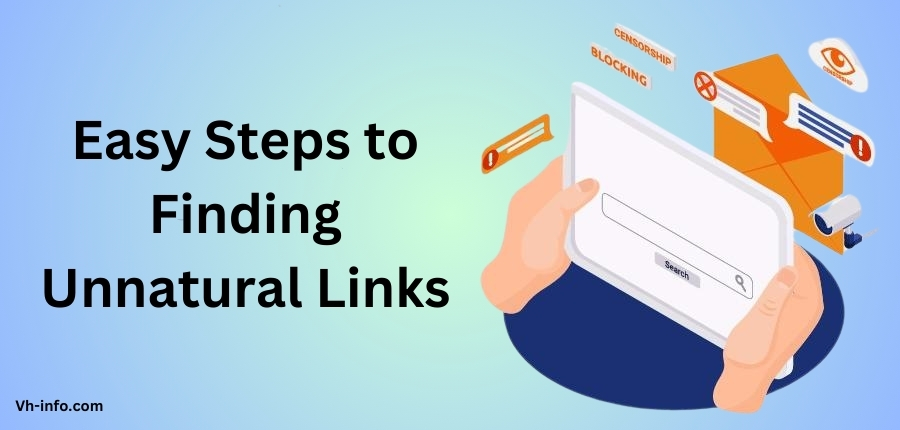

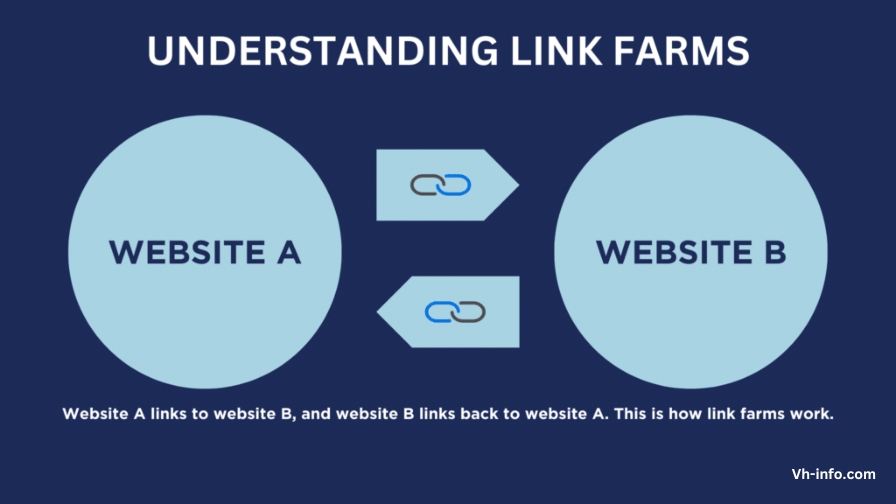

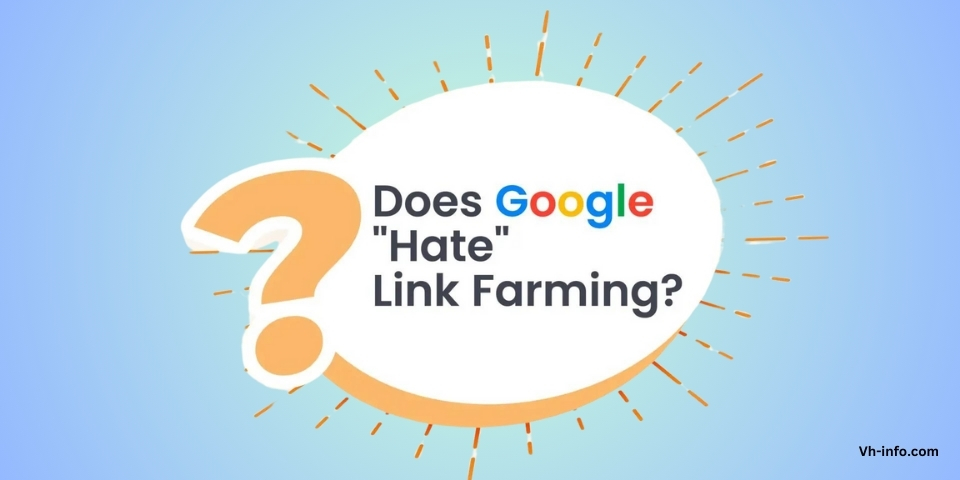
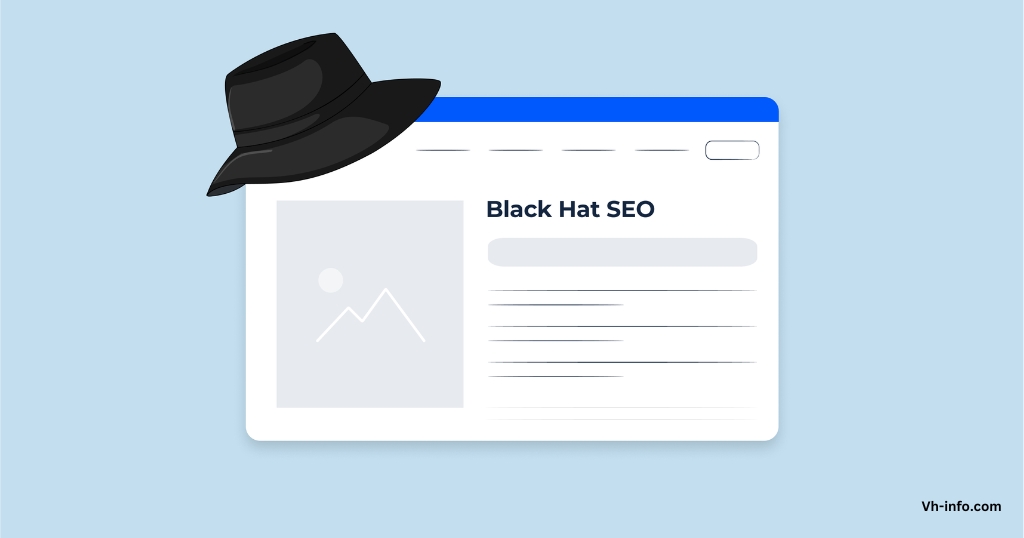


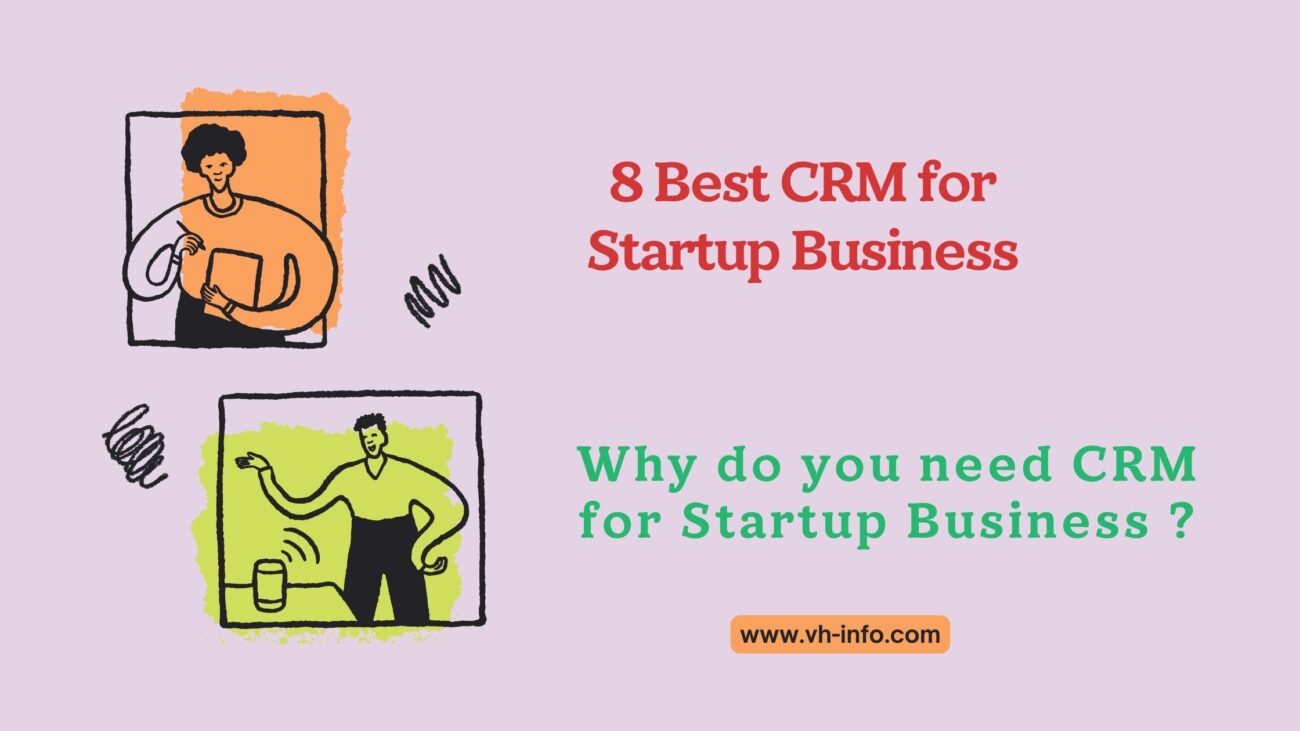 Why do you need CRM for startup
Why do you need CRM for startup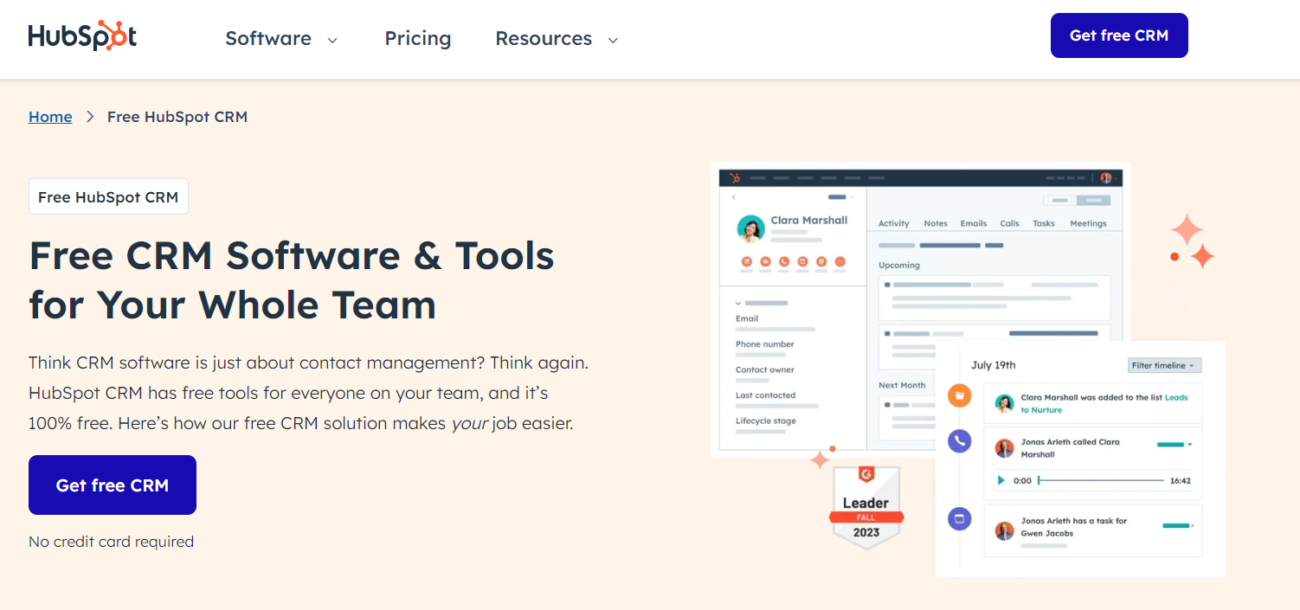 HubSpot CRM
HubSpot CRM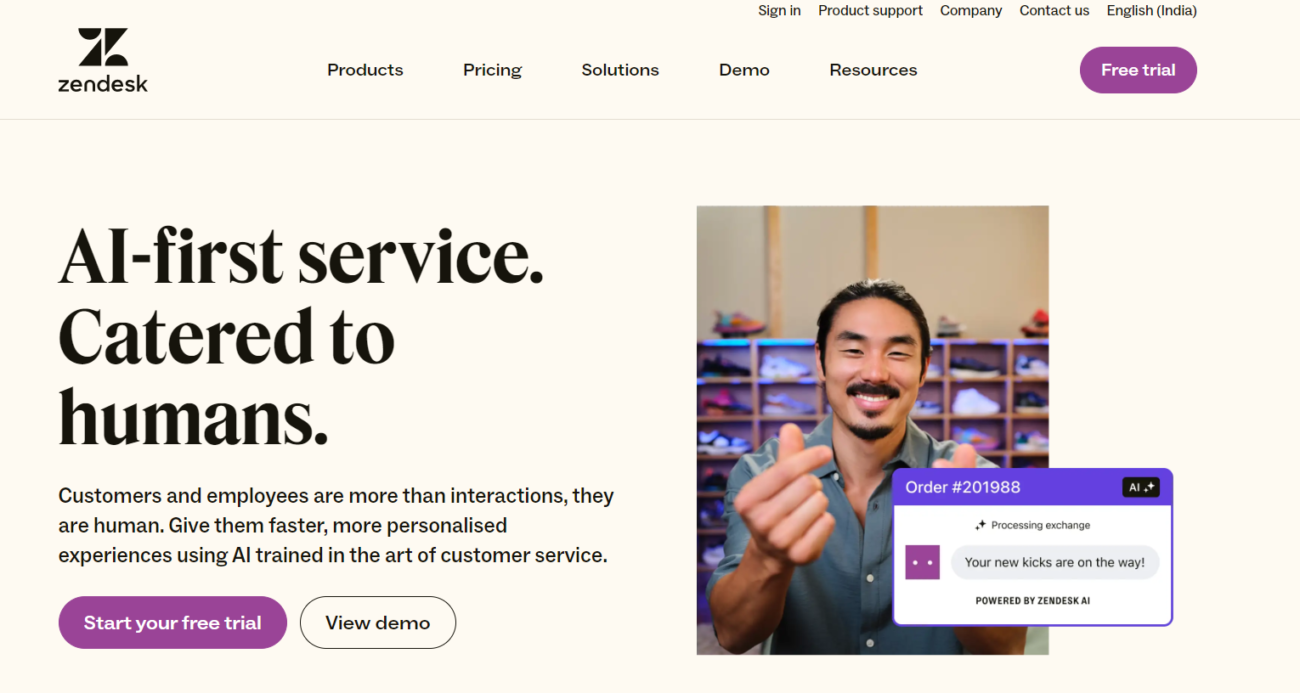 Zendesk CRM
Zendesk CRM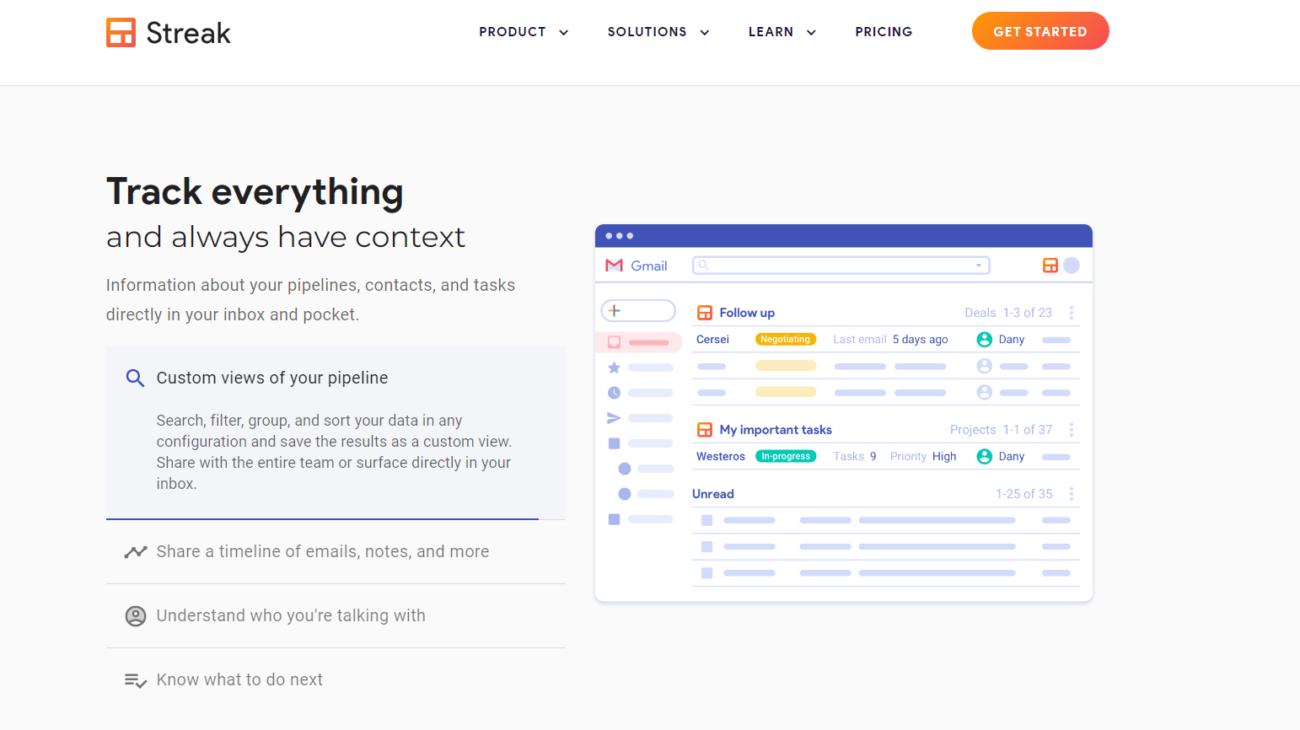 Streak CRM
Streak CRM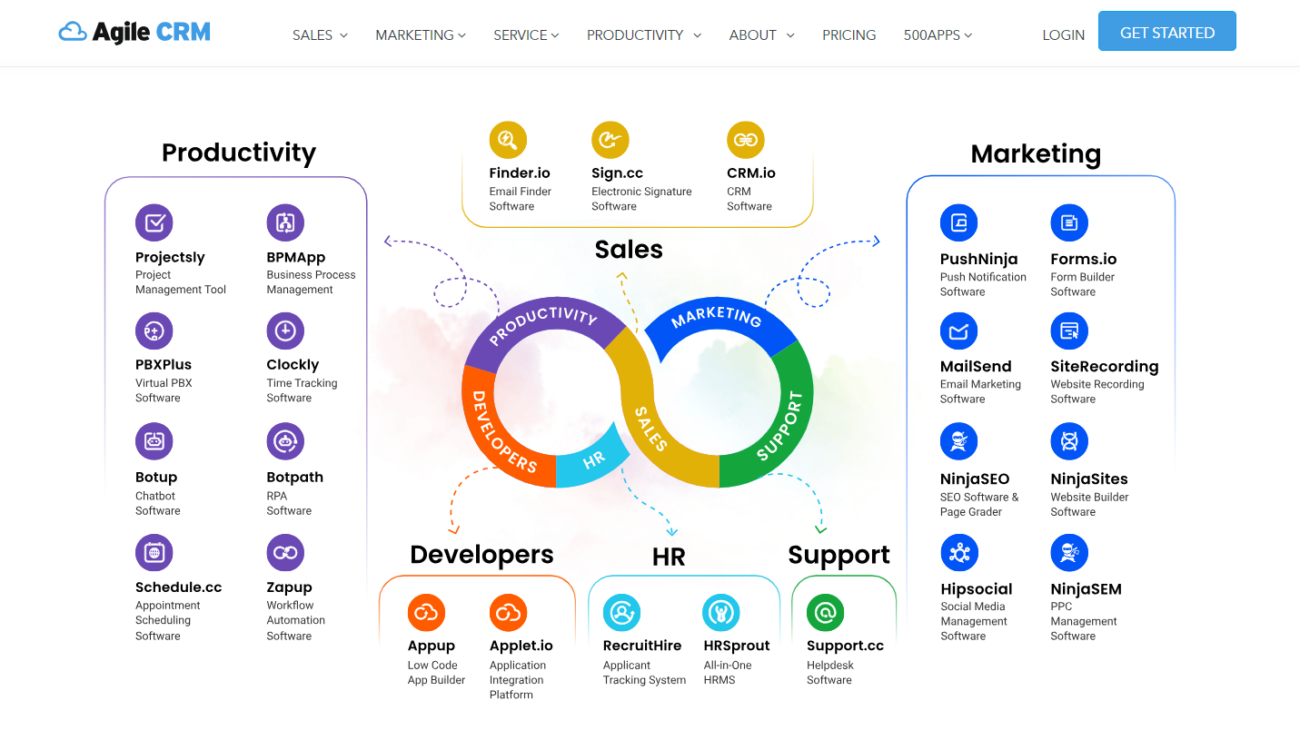 Agile CRM
Agile CRM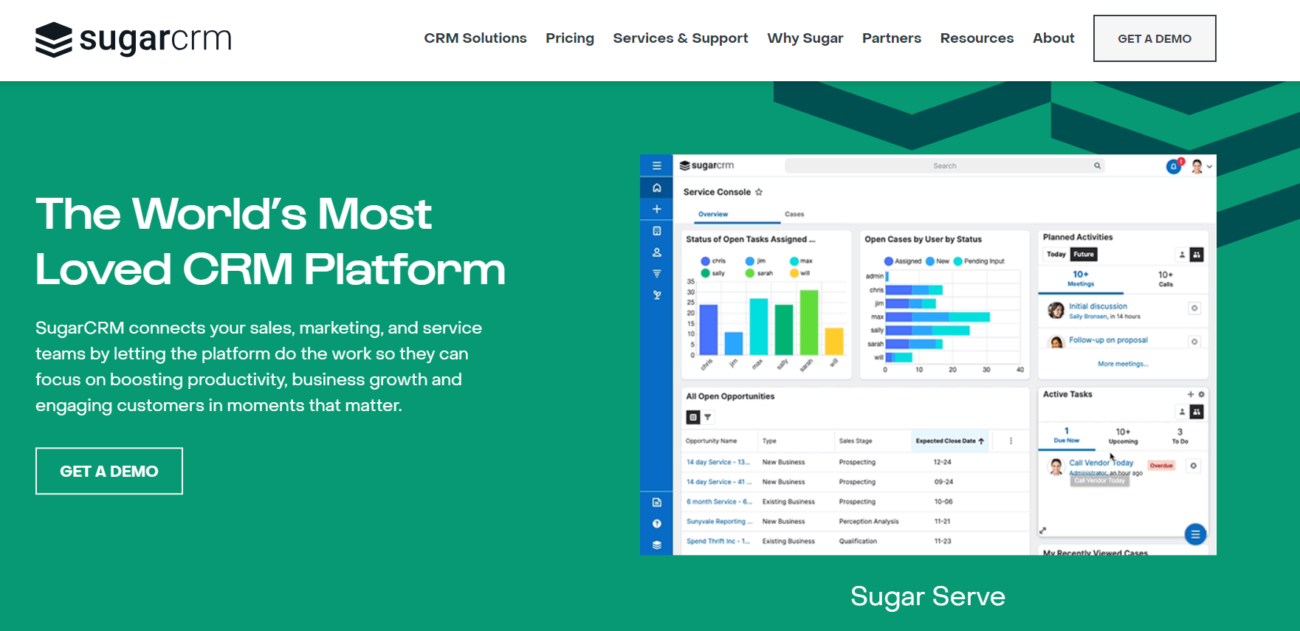 Sugar CRM
Sugar CRM
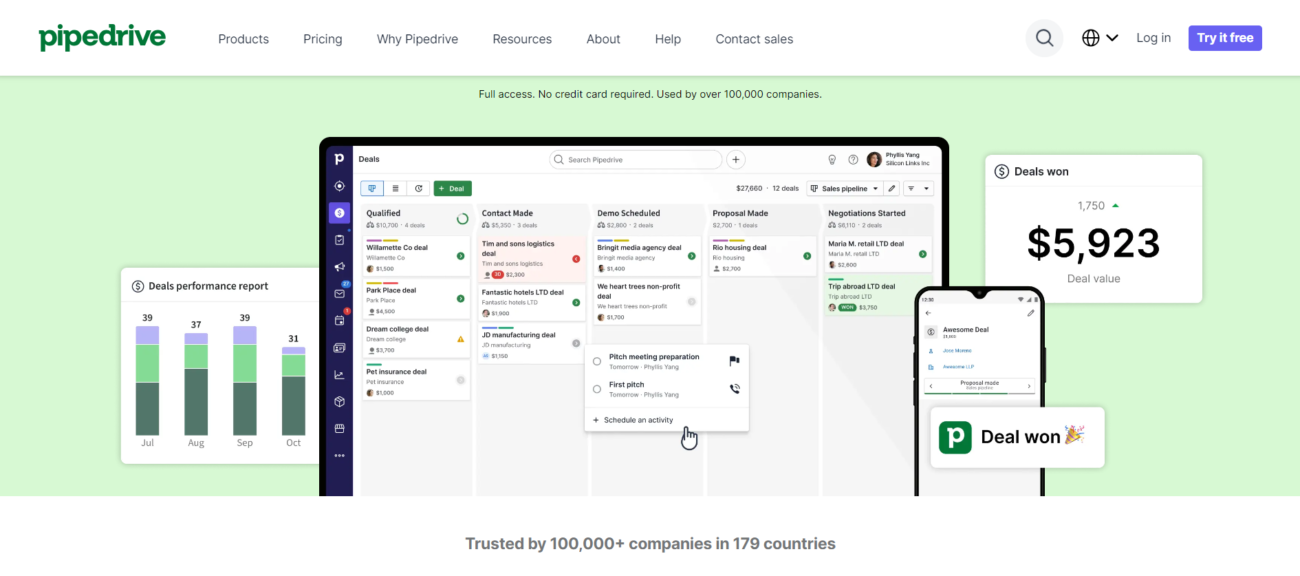 Pipedrive CRM
Pipedrive CRM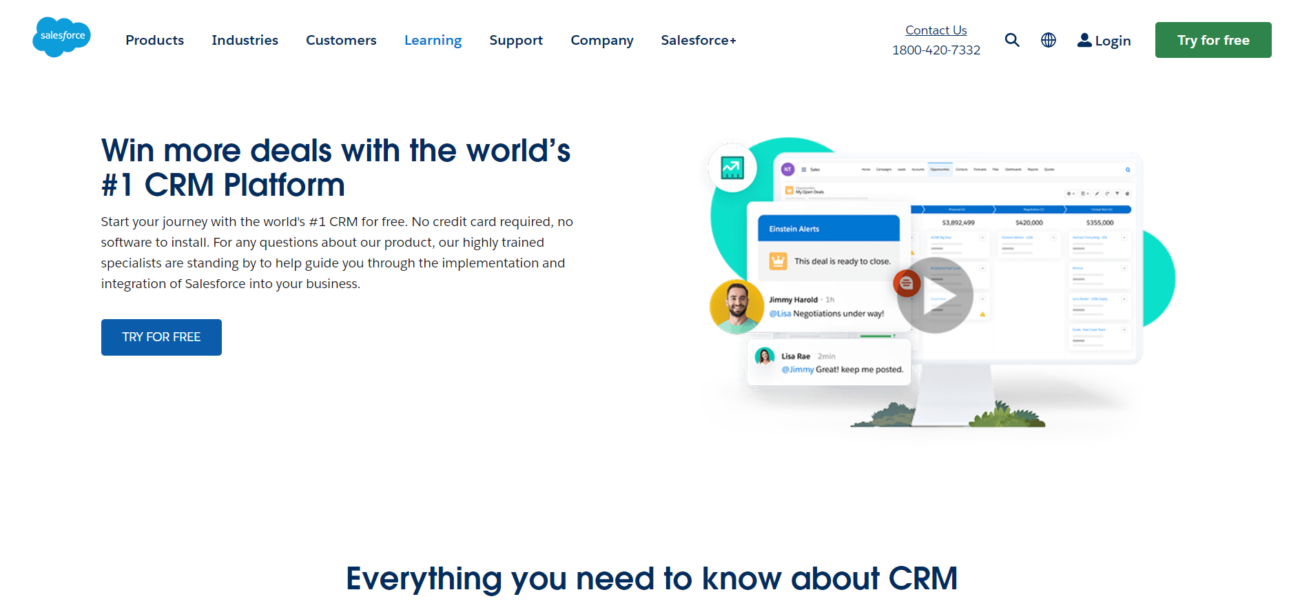 Sales force CRM
Sales force CRM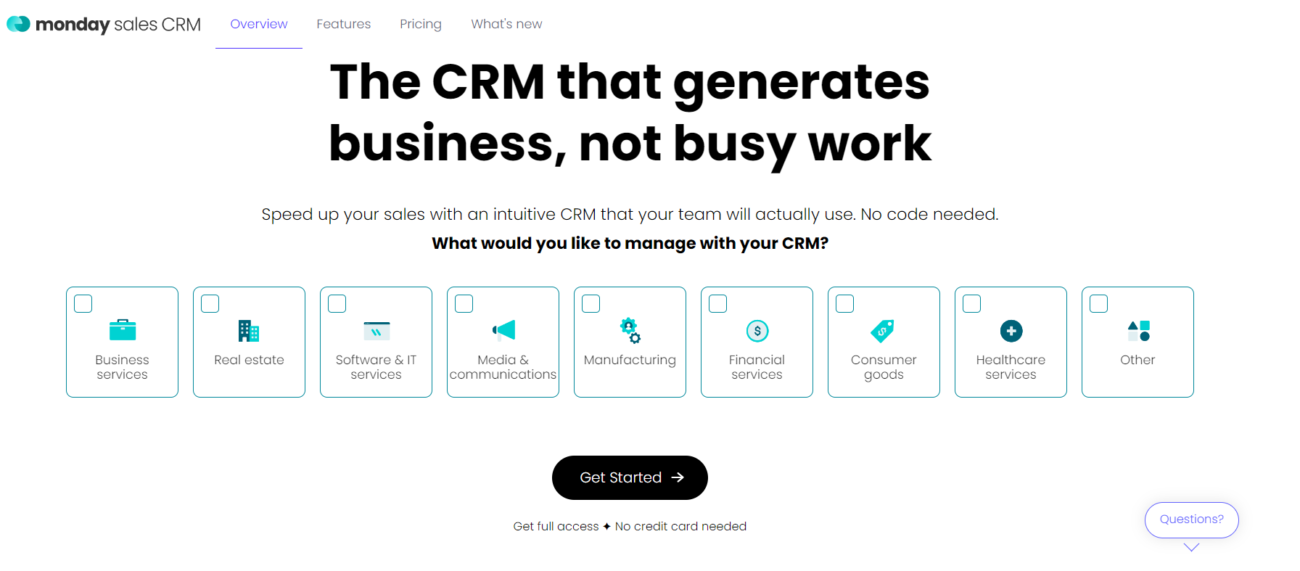 Monday Sales-CRM
Monday Sales-CRM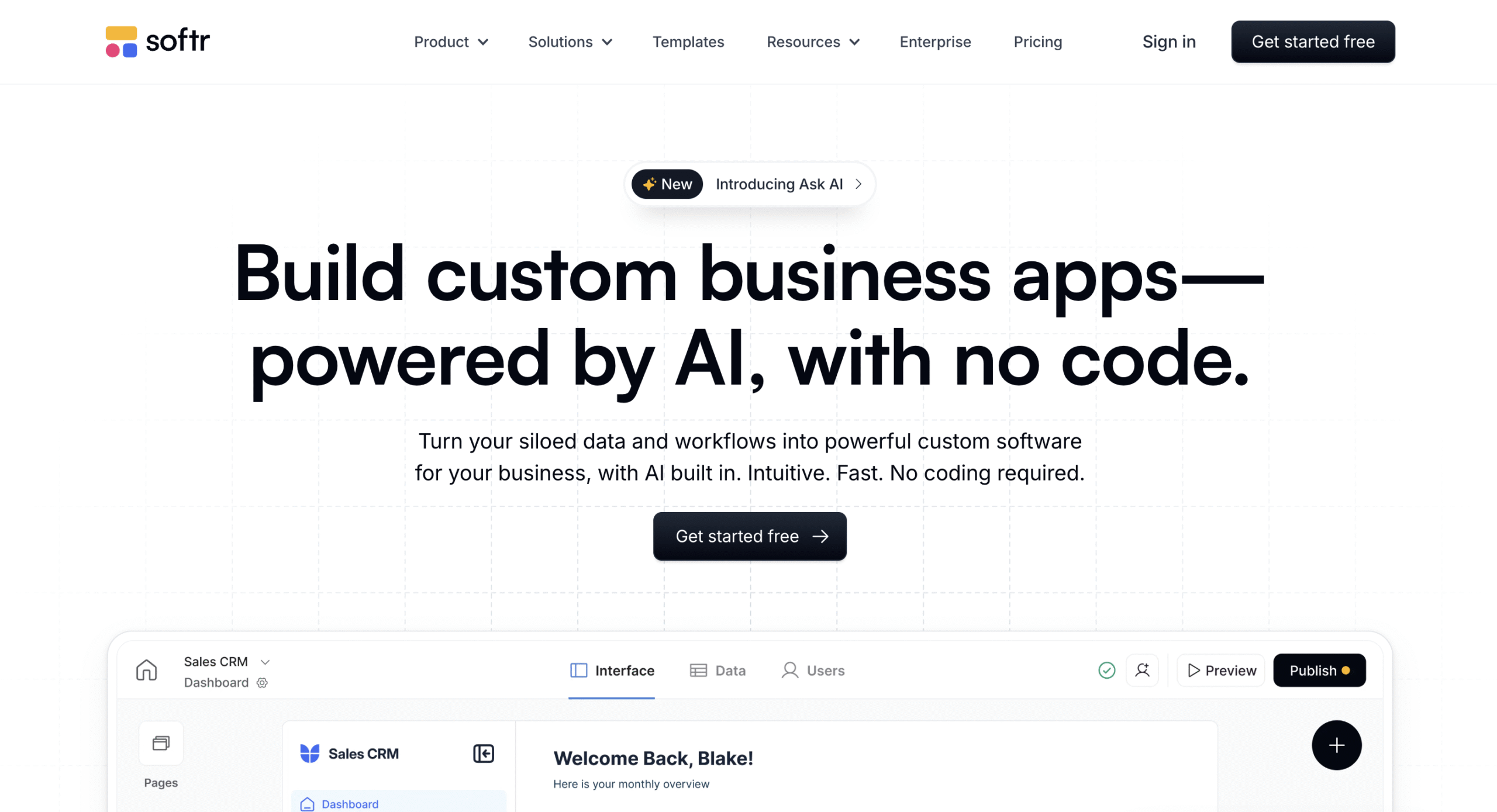



 Isometric Social media network concept. Social media marketing or SMM, digital market research.[/caption
Isometric Social media network concept. Social media marketing or SMM, digital market research.[/caption



